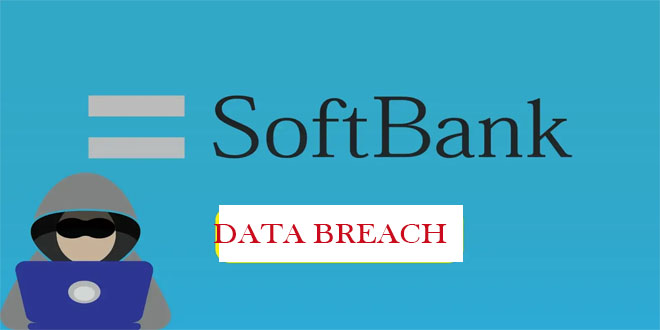A new tool is available on GitHub that gives attackers a way to leverage a recently disclosed vulnerability in Microsoft Teams and automatically deliver malicious files to targeted Teams users in an organization.
The tool, dubbed “TeamsPhisher,” works in environments where an organization allows communications between its internal Teams users and external Teams users — or tenants. It allows attackers to deliver payloads directly into a victim’s inbox without relying on a traditional phishing or social engineering scams to get it there.
“Give TeamsPhisher an attachment, a message, and a list of target Teams users,” said the tool’s developer Alex Reid, a member of the US Navy’s Red Team, in a description of the tool on GitHub. “It will upload the attachment to the sender’s Sharepoint and then iterate through the list of targets.”
ALSO READ:
A member of the U.S. Navy’s red team has published the tool called TeamsPhisher that exploits a security issue in Microsoft Teams to bypass restrictions on incoming files from external tenants.
The tool works by tricking the client-side protections of Microsoft Teams into treating an external user as an internal one. This is possible because the application has a bug that allows the ID in the POST request of a message to be changed.
The tool was developed by Max Corbridge and Tom Ellson of UK-based security services company Jumpsec, who highlighted the problem last month. They explained that an attacker could use this bug to easily deliver malware to users in a targeted organization.
A Microsoft spokesperson has sent the following comment to media:
‘We’re aware of this report and have determined that it relies on social engineering to be successful. We encourage customers to practice good computing habits online, including exercising caution when clicking on links to web pages, opening unknown files, or accepting file transfers’.
According to GitHub, TeamsPhisher is a Python3 program that facilitates the delivery of phishing messages and attachments to Microsoft Teams users whose organizations allow external communications.
It is not ordinarily possible to send files to Teams users outside one’s organization. Max Corbridge (@CorbridgeMax) and Tom Ellson (@tde_sec) over at JUMPSEC recently disclosed a way to get around this restriction by manipulating Teams web requests in order to alter the recipient of a message with an attached file.
TeamsPhisher incorporates this technique in addition to some earlier ones disclosed by Andrea Santese (@Medu554). It also heavily leans upon TeamsEnum, a fantastic piece of work from Bastian Kanbach (@bka) of SSE, for the authentication part of the attack flow as well as some general helper functions.
 InfoSecBulletin Cybersecurity for mankind
InfoSecBulletin Cybersecurity for mankind














